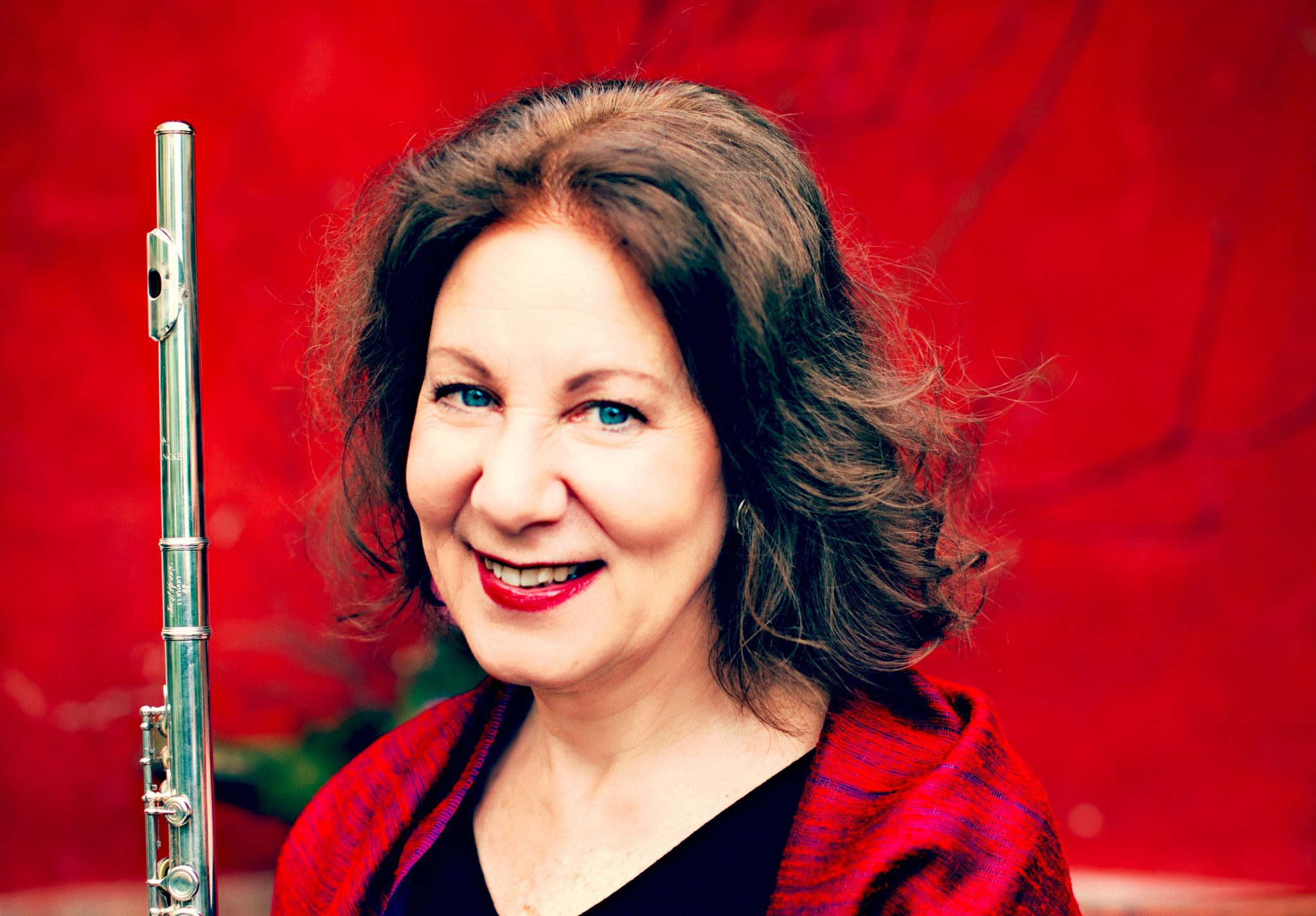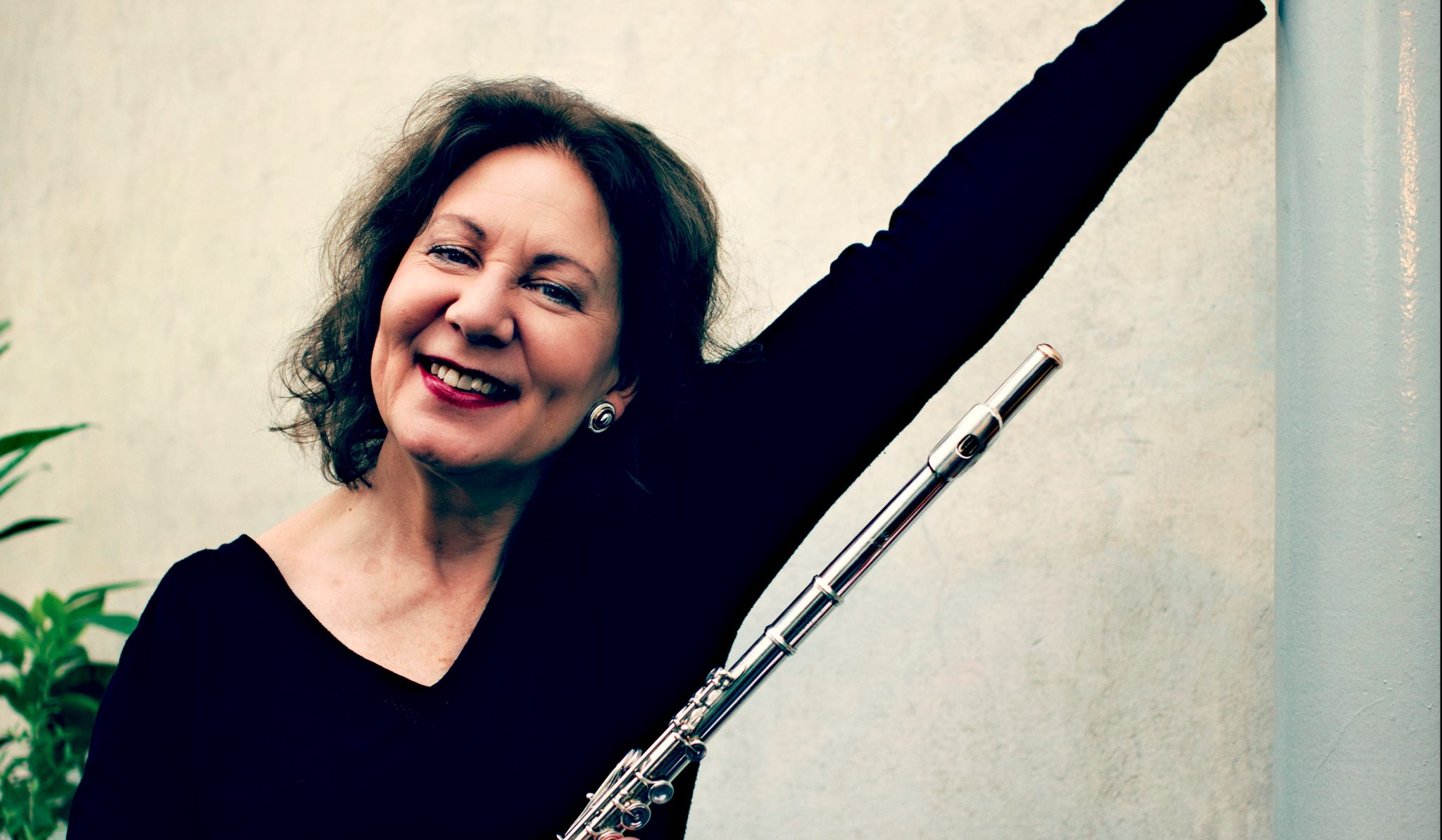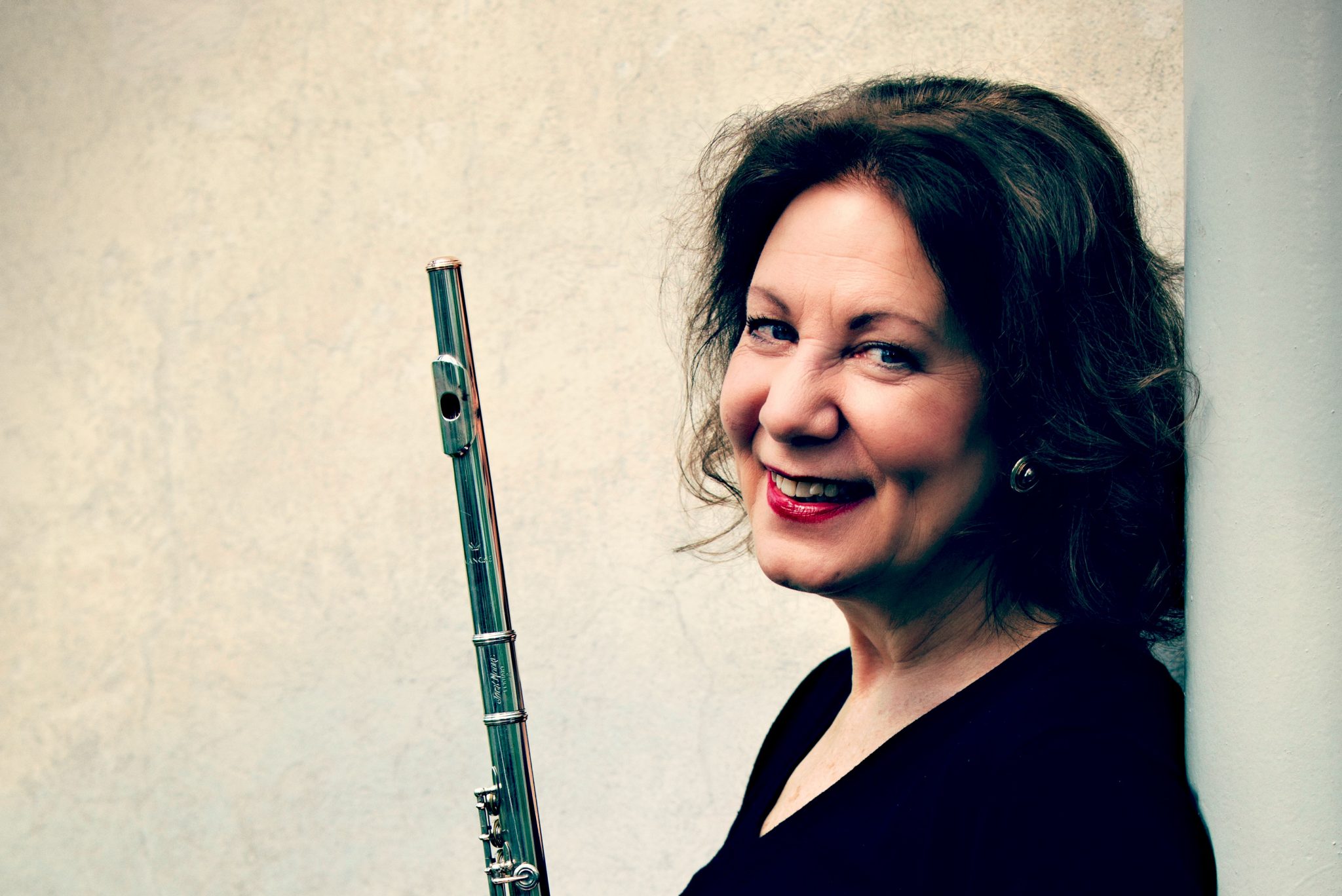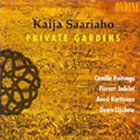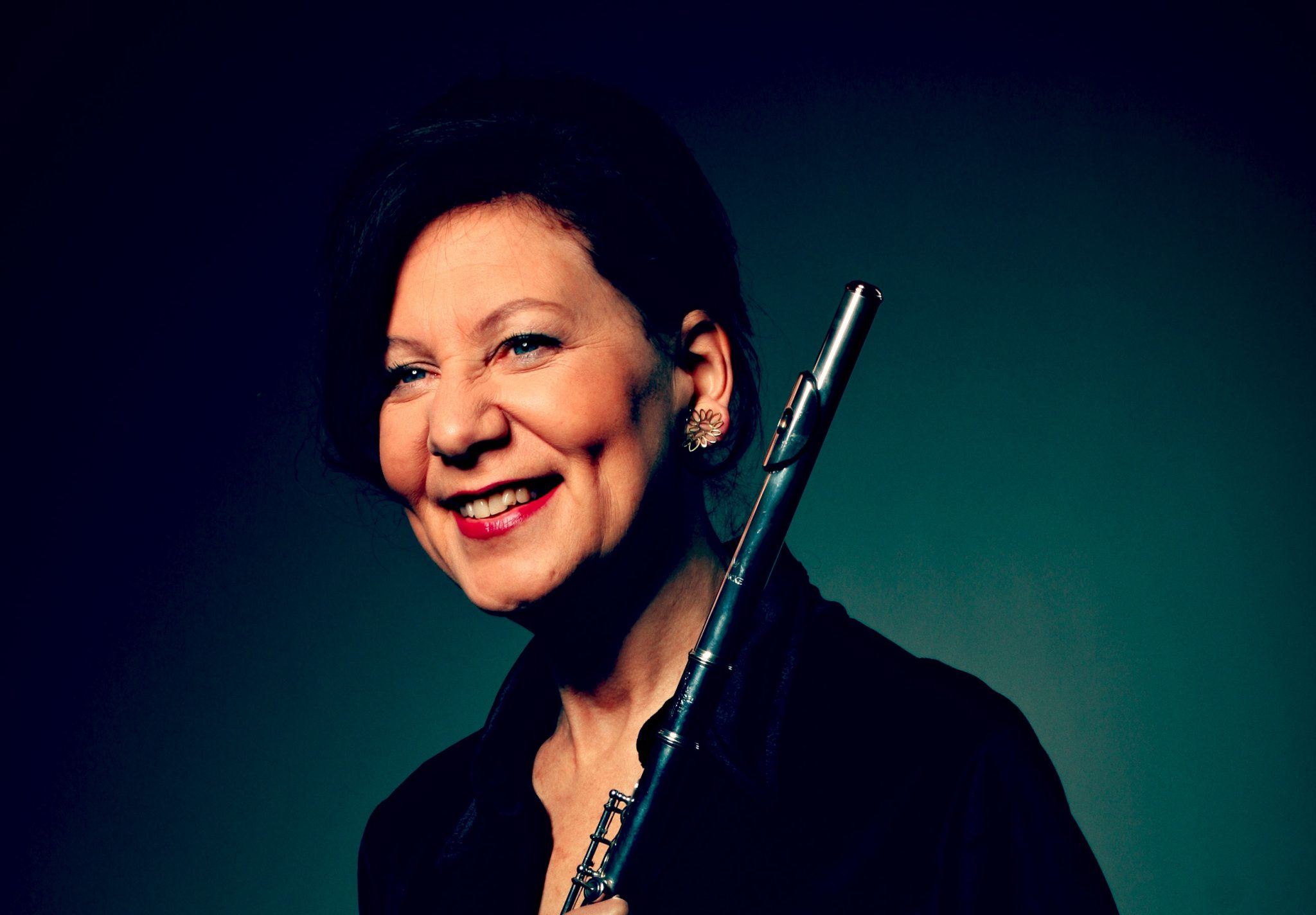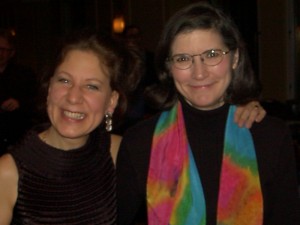CONCERT CRITIQUES
PRESS QUOTES…
… the most exciting program of new music this listener has heard so far this year… Tim Page in the New York Times
… an eccentric genius on her instrument… General-Anzeiger Bonn
…playing that let one forget the time…. The Flute, Japan
Tout ce périple musical servi par la virtuosité, le charme, la seduction instrumentale de … Camilla Hoitenga. La Gazette Provencale
…a lively and alluring soloist… The Independent
A shimmering aura enveloped the melodies, gently vibrating and devotedly celebrated by Hoitenga, Kölner Stadt-Anzeiger
….transported her audience to another world. The Flute, Japan
…a captivating soloist, meltingly tender in the opening slow music and coquettishly lithe in the fast music of the second movement. She flung off the works trappings of virtuosity with ease… Daily Telegraph
…charismatic and exciting playing…all flautists should hear Hoitenga play. Pan
…virtuosic with compelling intensity and such vitality…. Dresdner Neueste Nachrichten
Camilla Hoitenga is more than a good instrumentalist: she lives this music. She twirls and sings, she hisses and purrs. Hamburger Morgenpost
… a magic flutist…. Südkurier
